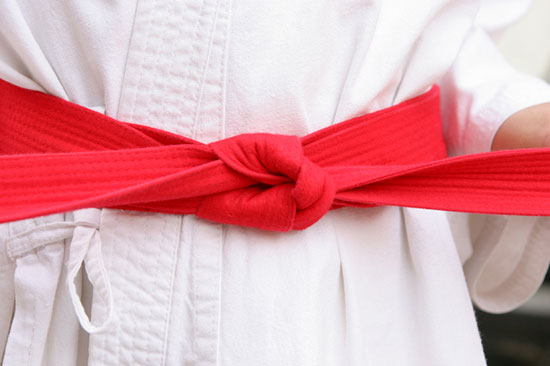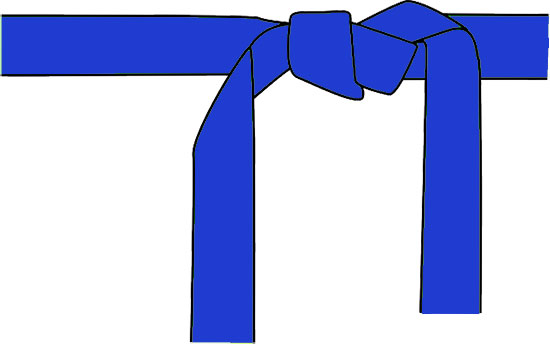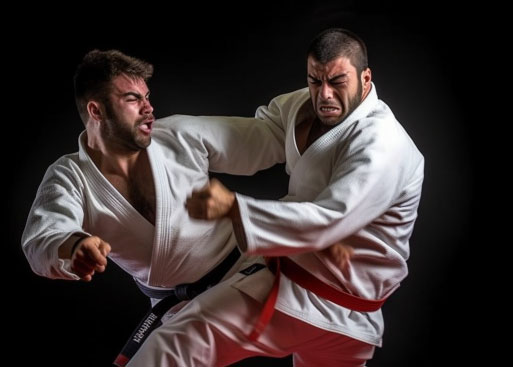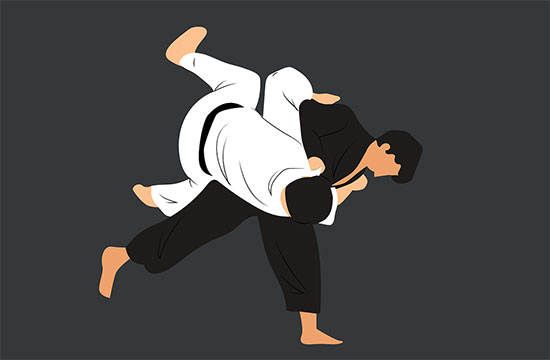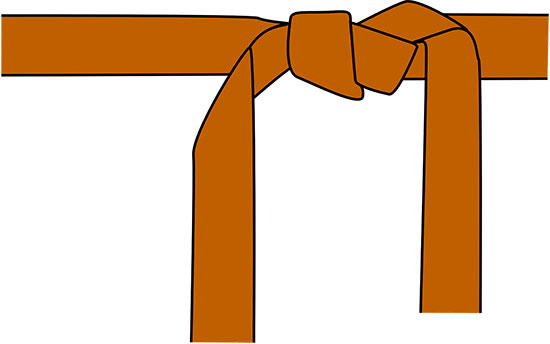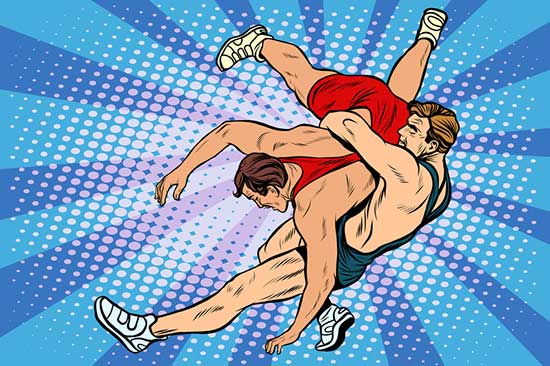You must be intrigued to find out whether Judo is good martial art to learn and apply for combat or self-defense when caught up in a street fight or any other similar situation.
Judo, founded in 1882 by Dr. Jigoro Kano, is a martial art designed to help take down your opponent by throwing them to the ground or using balance and force.
After successfully throwing them to the ground, the goal is to have them submit via chock hold, arms bars, or any other submission ways.
Judo is quite popular among fighters today, being the second most practiced sport in the world after soccer. It does not involve striking or kicking, which may lead you to assume that it makes it less effective for self-defense.
On the contrary, it definitely is. Below are some of the reasons why Judo sport is still very effective for self-defense and combat training.
Contents
The Utilization of Clothing and Grips
Judo’s techniques rely heavily on the gripping of the “gi,” a two-piece white costume worn during the contests. Critics disregard its effectiveness if an opponent has no garments to grab.
It is obviously an evaluation based on a mixed martial art perspective, where most of the contestants fight wearing nothing but shorts and a pair of gloves, and fur ounces.
However, on the streets or in combat, an assailant or enemy combative will more often than not be fully clothed, making the Judo technique very much effective. If you happen to encounter an assailant wearing nothing, there is always the adaka-jime (a rear-naked choke) technique to apply.
Grappling over Striking
A human hand comprises 27 small bones in total, fourteen of them being fragile digital ones that can easily be broken from impact with a solid object like the human skull while in a fight or combat.
For this reason, many Judo striking techniques employ the use of the fleshy blade of your hands or palm when throwing a blow as compared to a closed fist.
Judo’s throwing techniques ( Nage Waza) and grappling techniques (Katame Waza) safeguard your body’s limbs and are less affected by the opponent’s physical attire, allowing you to fight another day.
Shizentai -The Natural posture
Shizentai in Judo means natural stance, a relaxed but alert posture from where other Judo movements originate. Being a grappling art, Judo favors the natural upright posture over a crouching one.
Shizentai may be an ill-advised posture to use in a wrestling competition, but from a self-defense or combat standpoint, the best to help you deal with the different ways an assailant or enemy would attack.
In combat or the streets, remember there are no rules, and an attack could come from any direction in the form of a fist, a swung object, a thrown rock, or a single-leg takedown.
Shizentai’s natural upright posture gives you the maneuverability you need to handle many attacking forms and angles.
Uchikomi – Repetition Training
When caught up in a physical confrontation, the stress does not give you the time to think about self-defense techniques; you simply have to react and execute.
Uchokomi is a training regimen in Judo that utilizes repetition to achieve muscle memory such that a throw comes as a natural body movement.
As you reinforce the movements day after day, your neural system learns these gross and fine motor skills to an extent where you only react and perform without thinking much about them.
If you have enough Uchokomi, a throw comes naturally, and you don’t need to think about its execution; you merely flow into the technique when an opportunity arises.
With the randomness and stress of combat or self-defense, this Judo training technique will definitely come in handy in neutralizing your enemy as fast as possible.
It is a sport for All
For any self-defense curriculum, incorporating techniques that the average person can do is key. A martial-arts style reserved only for physically fit and talented people, certain age groups, or gender offer little for the general public in terms of self-defense training.
Judo is non-discriminatory. If you walk into a Judo dojo, you will find people from all walks of life, young and old, both men and women, people of almost every body shape and size imaginable, and even the physically impaired.
After all, it is the people in the society vulnerable to unsolicited attacks, in the most need of self-defense training and not the physically gifted.
Conclusion
There are some reasons why the sport Judo is effective for self-defense and combat. It certainly has its shortcomings, but if you examine other self-defense systems and martial arts in the world today, Judo stands out as one of the best ways to prepare yourself for a physical conflict.
